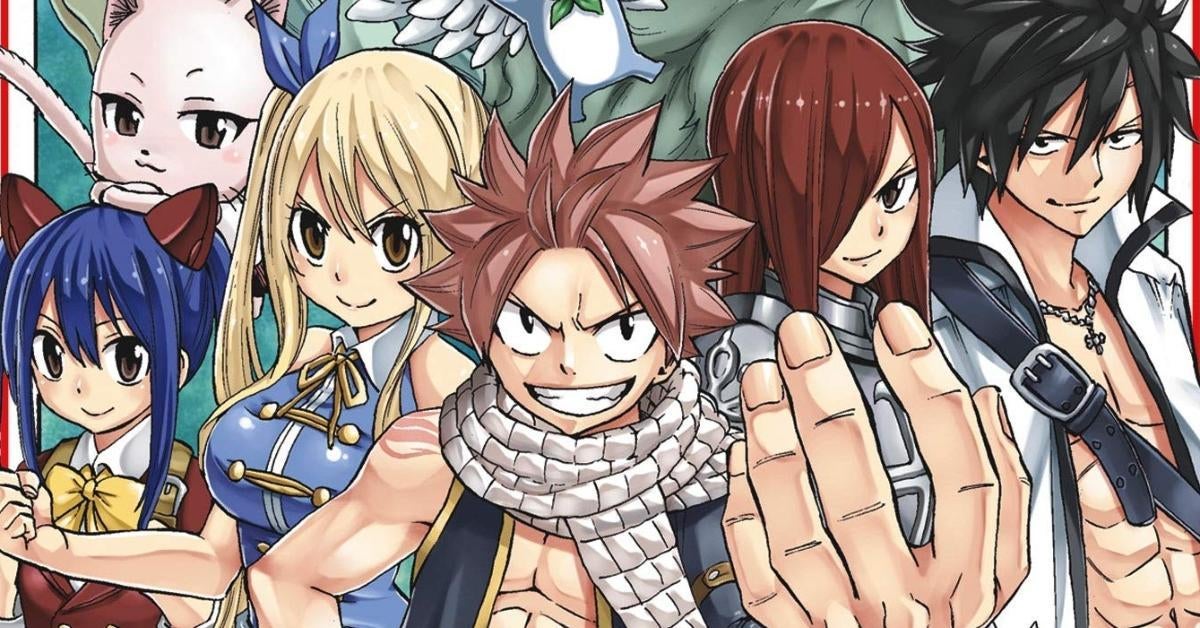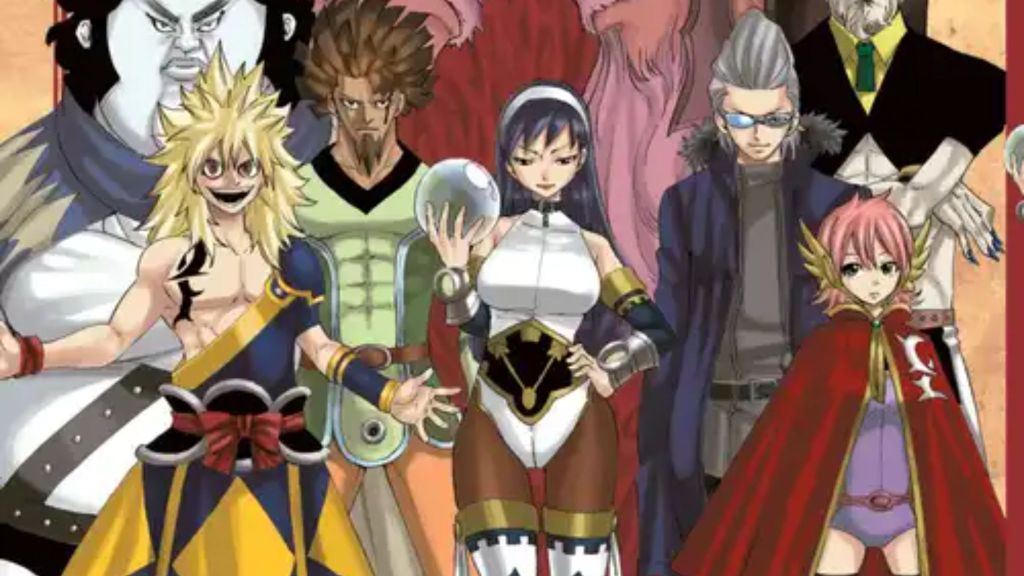
A hero is only as good as their villain, yet, somehow, Fairy Tail endures without a consistent string of amazing villains. The series’s lack of any truly memorable villains is extra noticeable given that shonen manga typically features some of the best villains in all of pop culture. Villains like Frieza, Cell, Majin Buu, Madara, Aizen, Dio, Hisoka, All For One, and Mahito are some of the most popular characters in their respective stories. Contrastingly, Fairy Tail hardly has any villains that reach that same pantheon. Multiple villains serve mostly as disposable cannon fodder for the main characters to fight. Even the main villains of an arc rarely have the same lasting powers as other shonen foes.
The lack of great villains in Fairy Tail stems from the manga’s structure and pacing. Fairy Tail has shorter and quicker pace arcs, meaning there isn’t a lot of time given to develop the villains. While the series does have an overarching narrative that’s split across multiple arcs, with a couple of recurring villains, the series was more focused on comedy and developing the heroes than firmly establishing a phenomenal villain. The original manga series and anime are still worth reading for the entertaining fight scenes and a few good bad guys, but don’t expect anything on the same pedigree as Frieza from Dragon Ball or Chimera Ant King from Hunter x Hunter.

Fairy Tail Was Never About the Villains
Fairy Tail‘s quick pacing meant the series dashed through story arcs and villains much quicker than other shonen series. The reason why foes like Cell from Dragon Ball Z or Madara from Naruto are recognizable is that their respective series would dedicate dozens of chapters to establishing their motivations, power, and ultimate goals. Frieza was the looming threat throughout the Namek Saga in Dragon Ball Zan epic arc that lasted many chapters. Oppositely, Fairy Tail would’ve covered multiple smaller arcs within that same timeframe, with several different final antagonists. While Fairy Tail did have long arcs, especially towards the end, the villains were rarely the highlight.
As the main cast for Fairy Tail grew, author Hiro Mashima would create more disposable villains for the full cast to fight. This led to a plethora of forgettable antagonists that only served to give certain characters someone to fight. Mashima would typically attempt to add more depth to the lead antagonists of an arc, yet had mixed results. Oftentimes, his go-to personality trait for main villains is evil, possessed by a dark entity, or misguidedly arrogant. This was mostly true with the early arcs of the franchise, but Mashima would often give main villains redemption at the end, which sometimes worked out depending on the villain. Nevertheless, these redemption moments would render these villains less interesting and less compelling, losing their edge.

Not All Fairy Tail Villains Were Letdowns
Fairy Tail had a more episodic story structure than other shonen manga, with each new arc being a new adventure. Nonetheless, Mashima did seed multiple plot beats throughout his run, with a hidden narrative running in the background. The author has been foreshadowing Zeref throughout the manga, building him up as the primary antagonist. Whereas the one-off antagonists, even the main villains of arcs, would often be let down by a lack of development, Mashima made sure to give Zeref a well-thought-out backstory and motivation. His relationship with Natsu became the defining connection in the last several arcs, giving the protagonists much more complicated motivations to stop him. Zeref was easily the most interesting antagonist in the series. Even Acnologia, the final bad guy of the series, didn’t feel like an adequate replacement in the last few chapters.
Despite that, Zeref still doesn’t have the same iconic status as other shonen villains, and some fans still find him disappointing for his youthful appearance. Yet that’s okay, as Mashima was more concerned with delivering a fun and action-packed manga series. Villains have never been the author’s strongest attributes. He instead focused more on the heroes, worldbuilding, the action, and the comedy. Fairy Tail isn’t a bad series because its villains don’t reach the same heights as other shonen series. Although most of the villains served mostly as fodder for the characters to fight, at least Mashima was able to come up with enough villains for most of the main characters could fight. In contrast, Eiichiro Oda from One Piece is always struggling to give his large cast enough time to shine. It is odd that for such a big franchise, Fairy Tail doesn’t have a truly iconic villain, but iconic villains aren’t the be-all or end-all for a great series, and the series proves that.